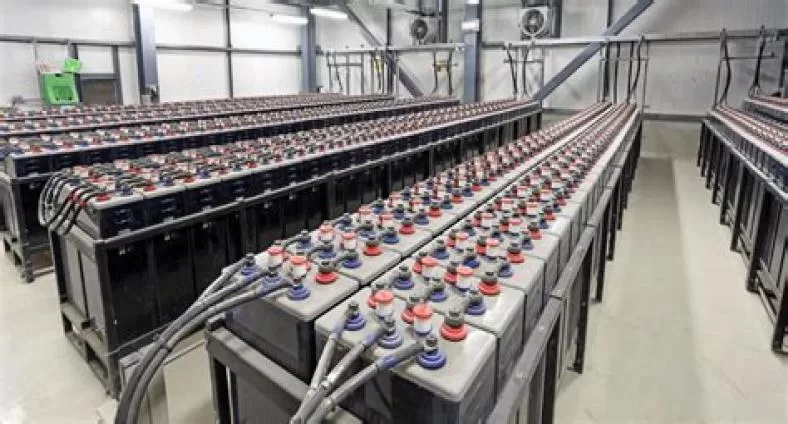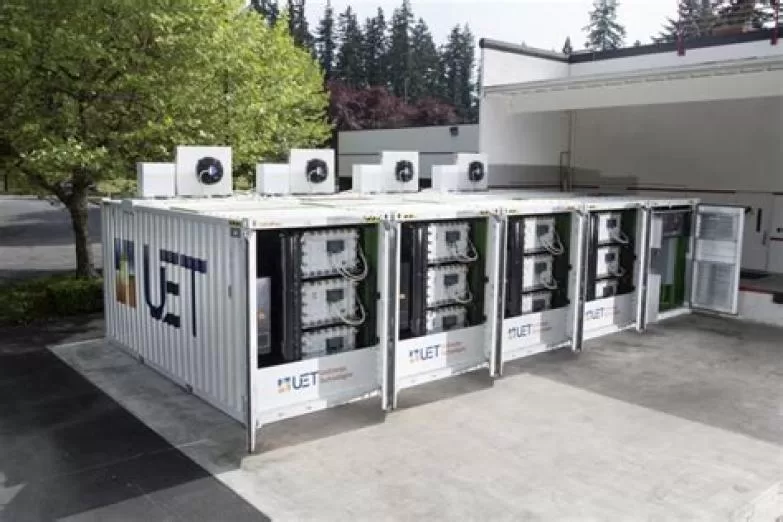Quino Energy and Long Hill Energy Partners have secured $10 million in grant funding from the California Energy Committee (CEC) for their 8 MWh flow battery energy storage project. The battery storage project is located at the High Desert Regional Health Center (HDRHC) in Lancaster, California. Construction at the battery storage project will start in the Fall of 2026. This is after the permitting process is done in Q3 of 2025. Project completion is set to early 2027.
Quino’s Flow Battery Storage Project in California
The funding awarded through the California Energy Commission (CEC) Energy Research and Development Division’s Electric Program Investment Charge Program (EPIC) marks the first commercial use of the flow battery technology. Also noteworthy of the project is Quino’s proprietary status to the technology.
It’s use in at the California regional health center is expected to provide 100% emergency backup power. It will also help cut down electricity costs by 33%. This, according to Quino, is equal to more than $10 million in saved bills over organic flow battery storage’s 20 years lifespan. This will be a feat to demonstrate the water-based flow batteries technology’s viability in large-scale, and long-duration storage.

The California Flow Battery Storage Project Players
The California-based water-based flow batteries technology company will work jointly with Long Hill for the development of the project.
Quino is the lead developer in technology, integration, and testing, while Long hill will serve as lead developer in project development, management, and permitting. Long Hill will also handle the 8 MWh project’s microgrid design and implementation. Also as part of the battery storage demonstration project is Los Angeles County, and the Clean Coalition Group.
Solar Expansion, and the Harvard-Lab Invention
Alongside the demonstration and prospective use of the water-based flow battery storage technology will be the expansion of an existing solar carport. This will be undertaken by Los Angeles County. It is additionally expected to further boost the renewable energy supply to the HDRHC. It will also add to the over 10 million saved in electricity costs.
Speaking of the Harvard-lab invention, Eugene Beh, the CEO of Quino Energy, mentioned the technology as a future alternative to lithium ion batteries. While making the point, Eugene highlighted on the technology’s low-cost, non-flammability, and Made in USA organic electrolyte as a vanadium replacement to the batteries.

